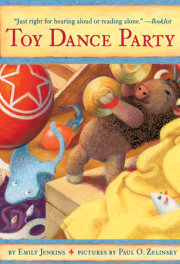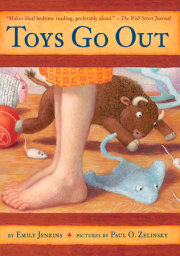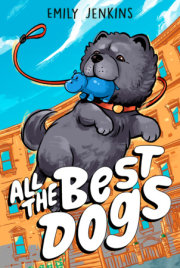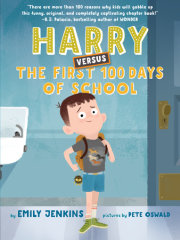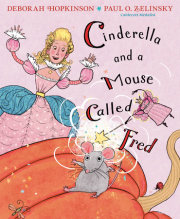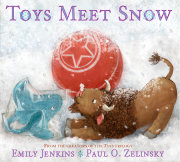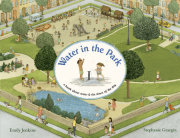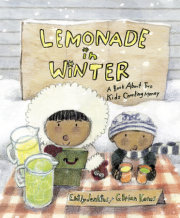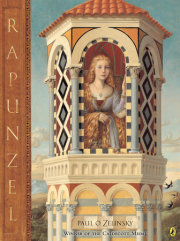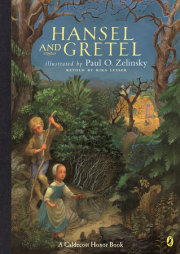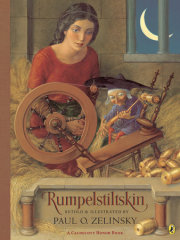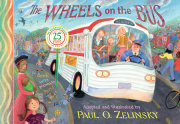CHAPTER ONE
In Which There Is Nowhere Nice to Sleep
StingRay has missed the birthday party.
She didn’t mean to. It was her first party, first party ever in the world to be invited to—and she missed it.
She didn’t even know she was missing it. She didn’t know anything about the party until now, when it is already over.
She can tell the people are disappointed in her.
Here is what happened:
StingRay woke up. She had never been awake before, but she could hear a scissor scoring the top of a cardboard box above her head. A box from a toy company. StingRay was squashed in that box, inside yet another box wrapped in shiny blue paper and tied with pink ribbon. She woke with a feeling that she’d been waiting, asleep, for a very long time.
She dreamed while she slept: the same dream over and over, about a wooden crate filled with other plush stingrays, packed with flippers touching flippers, tummies touching tails.
It was a mellow, cozy dream. The stingrays were still. The sounds were muffled.
A dream of something like a family, StingRay thinks.
Though she isn’t entirely sure what a family is.
The word just came to her and she used it, inside her head.
I am an intelligent stingray, she thinks to herself. To just have a word come to me and to know it’s the right word. In fact, now that I consider it, I know a lot of things! For instance,
I know that I’m a stingray,
and that a stingray is an extra-special kind of fish,
and that blue is the very best color anything can possibly be,
and that people are people,
and kids are baby people,
and that a kid would probably like to play with me someday.
I know all this stuff without being told. It’s practically like magic, the knowledge I have. I hope the rest of the world isn’t too jealous of me.
The scissor scores the cardboard, and the wrapping is ripped off. Now StingRay comes out of her crispy nest of tissue paper and is pulled into the bright light of what she knows, just knows somehow, is a kitchen. White cabinets. A jar of spoons and spatulas. Finger paintings stuck to the fridge with magnets.
A kid smiles down at her.
StingRay smiles back.
“She likes me!” says the Girl. “She smiled at me!”
“That’s a nice pretend.”
“I’m not pretending. She really did smile,” the Girl insists.
The mommy kisses the Girl on her head. “Sorry it didn’t come in time for your party. There was a shipping delay, Grandpa said when he called.”
(A party? thinks StingRay. Was there a party?)
“Still, today is your actual birthday,” the mommy goes on. “The day you were born. So it’s nice to have a present on this day as well, isn’t it?”
(I missed a party! thinks StingRay. A party I was supposed to go to!)
“Her name is StingRay,” the Girl announces.
“Oh?” The mommy crinkles her nose. “Don’t you want to call her a real name? Like Sophia or Samantha?”
“StingRay.”
“Or maybe an animal name, like you gave Bobby Dot?”
(Who is Bobby Dot? wonders StingRay.)
“You could call her Sweetie Pie,” continues the mommy. “Or Sugar Puff. How about Sugar Puff, hmm?”
“Just StingRay,” says the Girl. “I like StingRay.”
. . . . .
Upstairs, the Girl’s bedroom has a high bed with fluffy pillows and a soft patchwork quilt. Atop the windowsill is a collection of birthday cards from her friends. There are shelves filled with books and games, puzzles and art supplies. A large ash–blue rocking horse resides in the corner. On the bed lie a plump stuffed walrus and a woolly sheep on wheels.
The sheep looks old.
Under the bookcase, StingRay can see several sets of tiny, sparkling eyes. She can feel them watching her. She can feel the eyes of the walrus, the sheep, and the rocking horse, too. But none of them is moving.
StingRay doesn’t move, either.
The house feels big. Too big.
There don’t seem to be any other stingrays here with whom to nestle. She longs for the comfort of her cozy dream.
The Girl sets StingRay on a low shelf and trots out of the room. She has a playdate.
When the family bangs the front door behind them and the toys can hear the rumble of the car starting in the driveway, the walrus galumphs himself to the edge of the bed, then hurls himself off. He executes a spectacular flip with a twist—and lands right side up.
Whomp!
Copyright © 2011 by Emily Jenkins. All rights reserved. No part of this excerpt may be reproduced or reprinted without permission in writing from the publisher.







